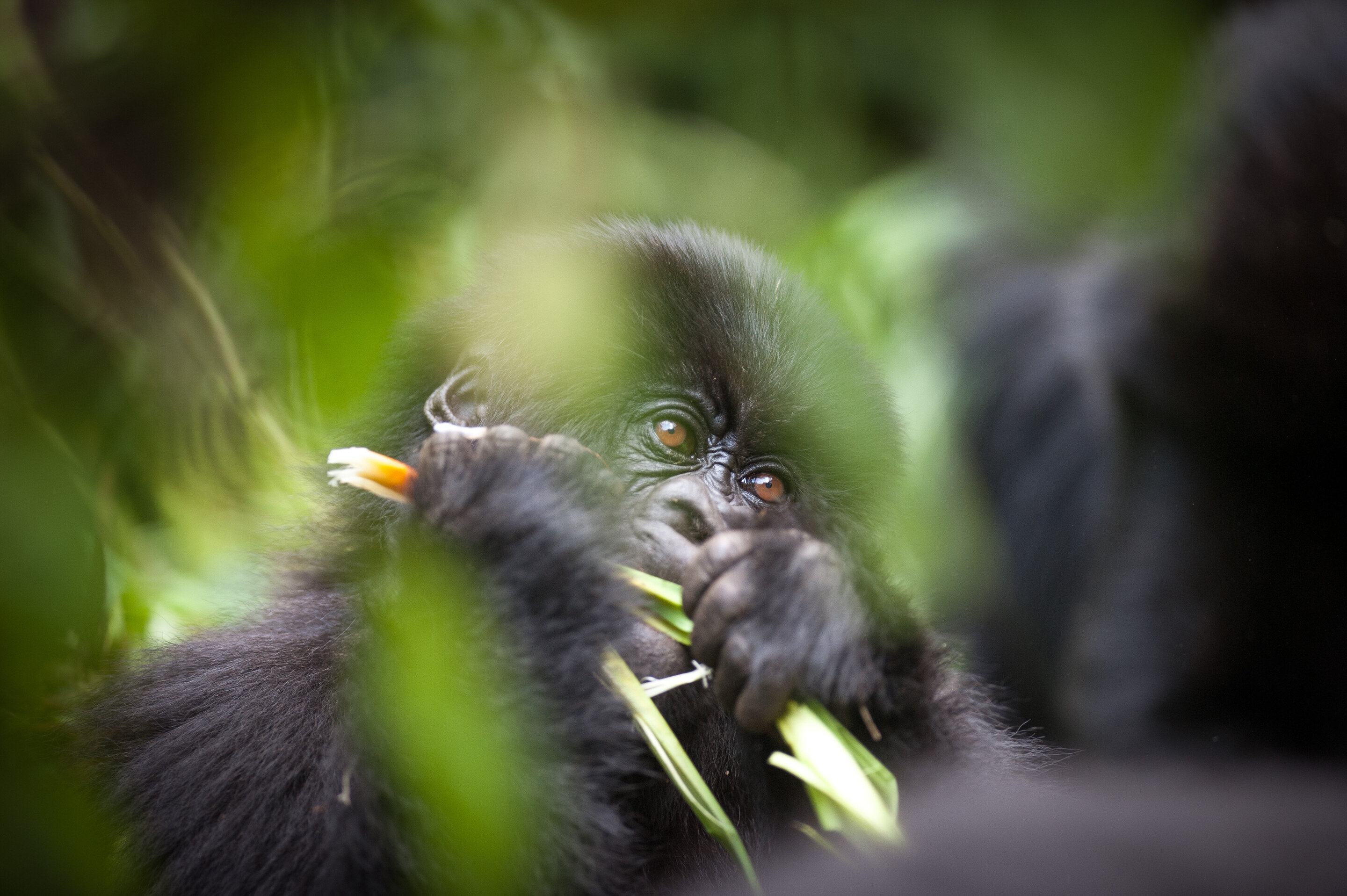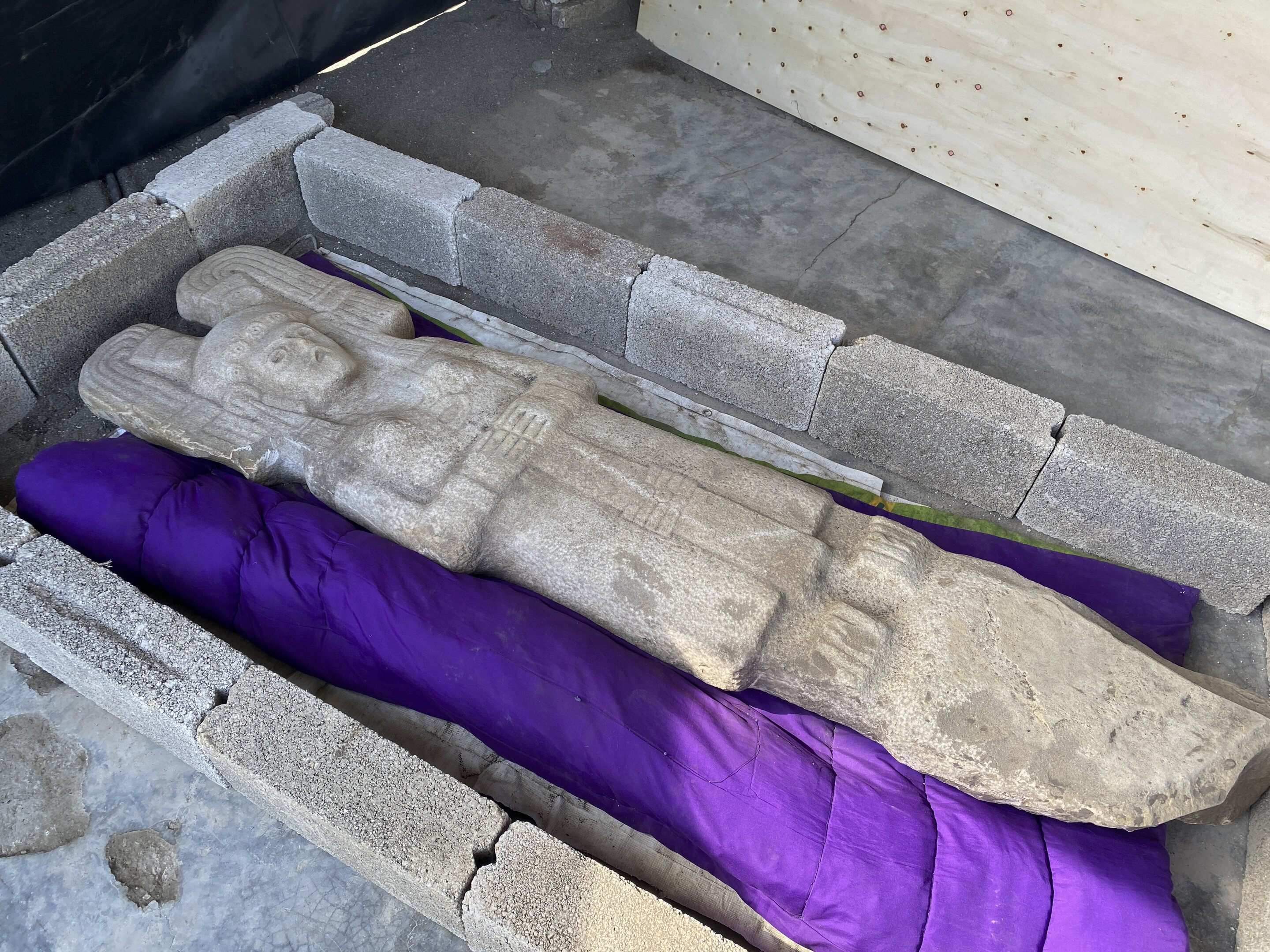#Tourists could be spreading the virus causing COVID-19 to wild mountain gorillas by taking selfies with the animals

“#Tourists could be spreading the virus causing COVID-19 to wild mountain gorillas by taking selfies with the animals”

Tourists could be spreading the virus causing COVID-19 to wild mountain gorillas by taking selfies with the animals without following precautions. Researchers from Oxford Brookes University examined nearly 1,000 Instagram posts and found most gorilla trekking tourists were close enough to the animals, without face masks on, to make transmission of viruses and diseases possible.
Examining the photos from people visiting mountain gorillas in East Africa, lead author and Oxford Brookes University Primate Conservation alumnus Gaspard Van Hamme said: “The risk of disease transmission between visitors and gorillas is very concerning. It is vital that we strengthen and enforce tour regulations to ensure gorilla trekking practices do not further threaten these already imperiled great apes”.
In January 2021, captive gorillas at San Diego Zoo tested positive for SARS-CoV-2, the virus that causes COVID-19, providing evidence that the current pandemic has the potential to also possibly also can affect great apes. Tourists’ photos examined for this research found people were close enough to the animals that disease transmission would be possible.
The importance of wearing face masks
Dr. Magdalena Svensson, lecturer in biological anthropology at Oxford Brookes University added: “In the photos we analysed, we found that face masks were rarely worn by tourists visiting gorillas and that brings potential for disease transmission between people and the gorillas they visit. With people all over the world getting more used to wearing face masks we have hope that in the future wearing face masks will become common practice in gorilla trekking.”
Gorilla numbers in the balance
Mountain gorillas are endemic to the East African region. They are present in the Democratic Republic of Congo (Virunga National Park), Uganda (Bwindi Impenetrable National Park and Mgahinga Gorilla National Park), and Rwanda (Volcanoes National Park). In recent decades, these populations have suffered from the ill effects of human activities but in more recent years gorilla numbers have started to increase and now it is estimated that there are 1,063 individuals.
Dr. Gladys Kalema-Zikusoka from Conservation Through Public Health, Uganda, said: “This research provides a valuable perspective on how much tourists are willing to share their too close encounters with mountain gorillas through Instagram, which creates expectations for future tourists. It highlights a great need for responsible tourism to provide adequate protection while minimizing disease transmission, especially now during the COVID-19 pandemic.”
Tourism: environment and wildlife
Trekking is an important financial support to mountain gorilla conservation. But large visitor numbers can impact on the wildlife and environment—guidelines to mitigate these include maintaining a minimum distance of 7 metres between visitors and gorillas. The Oxford Brookes study shows that these guidelines are not adequately followed and enforced.
Russell A. Mittermeier, Chair of the IUCN/SSC Primate Specialist Group, who was not involved in the study, commented: “It has become apparent in the past few years that studies of anthroponotic and zoonotic disease spread are crucial to the field of primate conservation. With that in mind, it is very exciting to see the new research on this topic coming out of the Primate Conservation Group at Oxford Brookes University. While this study focused on one species, the mountain gorilla, the lessons learned are also applicable to many other primate species that are increasingly coming into contact with people. This line of research will certainly become more important in the future.”
The research paper “Keep your distance: using Instagram posts to evaluate the risk of anthroponotic disease transmission in gorilla ecotourism” is published in People and Nature.
Tourists pose continued risks for disease transmission to endangered mountain gorillas
People and Nature, DOI: 10.1002/pan3.10187 , besjournals.onlinelibrary.wile … l/10.1002/pan3.10187
Provided by
Oxford Brookes University
Citation:
Tourists could be spreading the virus causing COVID-19 to wild mountain gorillas by taking selfies with the animals (2021, February 17)
retrieved 17 February 2021
from https://phys.org/news/2021-02-tourists-virus-covid-wild-mountain.html
This document is subject to copyright. Apart from any fair dealing for the purpose of private study or research, no
part may be reproduced without the written permission. The content is provided for information purposes only.
If you liked the article, do not forget to share it with your friends. Follow us on Google News too, click on the star and choose us from your favorites.
For forums sites go to Forum.BuradaBiliyorum.Com
If you want to read more Like this articles, you can visit our Science category.



